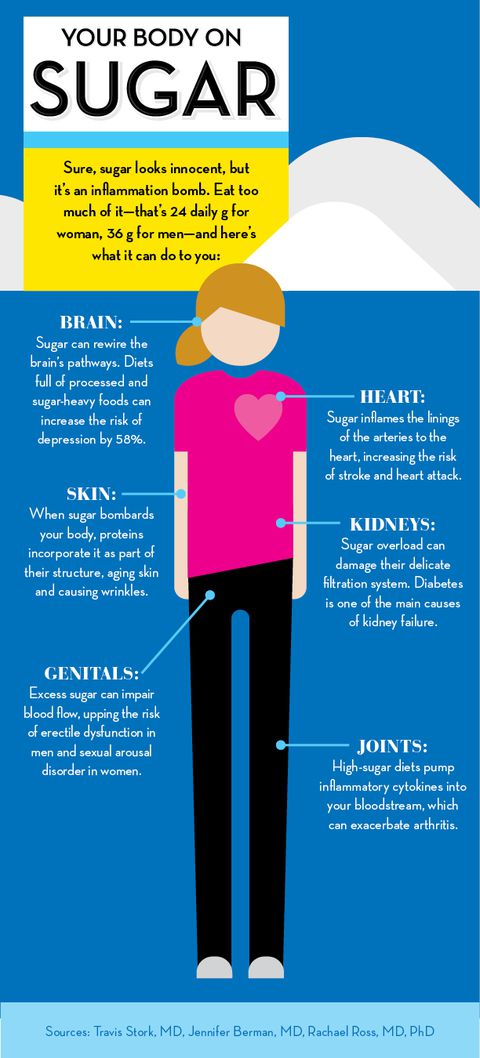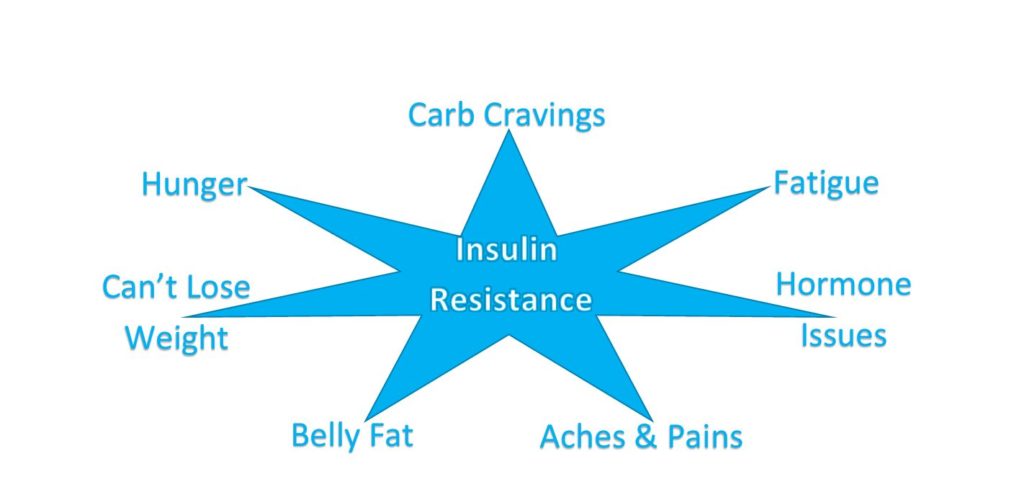It isn’t that you’re ignorant of sugar’s impact on your body! It isn’t that your willpower is lacking. It’s that your cravings are bigger than you! There are physiological changes in your body that create eating emergencies. To overcome these effects, you have to work from the inside out, re-programming your body’s sugar responses.
1. Prepare for Craving Crises
When blood sugars drop, you will eat almost anything in sight, and since sugar is readily available and quick, you’re going to grab those convenience store snacks that are so damaging to your health. So plan ahead. Keep an Emergency Kit in your pack, purse or car that includes sugar-stabilizing fats and proteins and slow-burning carbs, such as:
- jerky
- nuts and seeds
- smoked or canned fish
- snack-pack olives
- nut butter packets
- whole grain crackers
- For short term: hard-boiled eggs, whole fruits, hummus, fresh vegetables (cherry tomatoes, peppers, pea pods, etc.)
2. Hydrate Well!
Sometimes you mistake thirst for hunger. Sometimes you stoke your cravings by feeding your thirst with sweetened beverages or diuretic caffeinated drinks. Beware that for every ounce of soda, energy drink, or coffee that you consume, your body needs TWO ounces of plain water to replenish itself. That is on top of the 70-80 ounces of water a 150-pound person needs daily for normal function. If you are not drinking water regularly, your body cannot digest properly, and that fuels cravings even more by throwing your microbiome (gut bugs) off.
If you don’t like the taste of water straight, add fruit chunks and herbs to it, such as rosemary and peaches, berries and basil, or cucumber and mint.
3. Make Your Meals Like a 3-Legged Stool
Everyone knows that a three-legged stool cannot balance on two legs. Neither can your diet. Don’t go to extremes by eliminating one of the three macro-nutrients: carbs, fats, or proteins. Try to make sure that you eat balanced ratios of each calorically. Although body types and demands differ by lifestyle and genetics, a good rule of thumb is to eat a palmful of protein and a thumb-size portion of natural fat for every cupped handful of carbohydrate. Also eat these foods in their whole forms, as close to nature as possible. Avoid man-made, refined, processed products as much as possible. Source locally and organically where you can. Look for pastured, wild-caught, and free-range.
4. Don’t Feed the Bears!
You can’t get away with just a little sugar and expect that your cravings won’t be triggered. It’s an all-or-nothing deal. Just like an alcoholic who can’t even walk into a bar, you have to STOP eating sugar completely if you’re going to break the addiction. The soda, candy bars, and pastries are obvious foods containing sugar, but watch food labels for sneaky places where sugar might be hiding. About 3/4 of all packaged foods contain added sugar, including some brands of chips. Labels might say dextrose, fructose, sucrose, malt syrup, rice syrup, and barley malt, among other tricky names for added sweeteners.
5. Actively De-Stress
Among my clients, one of their top causes of cravings is stress. But it doesn’t work to passively watch TV or surf the internet to find relief. You have to engage your senses, your thoughts, your breath, and your vagus nerve! If you need some ideas on how to hack your stress, you can check out my online course!
If you need a reminder about why you’re doing this to keep yourself on track, post this infographic on your mirror, your refrigerator, or your cubicle:











